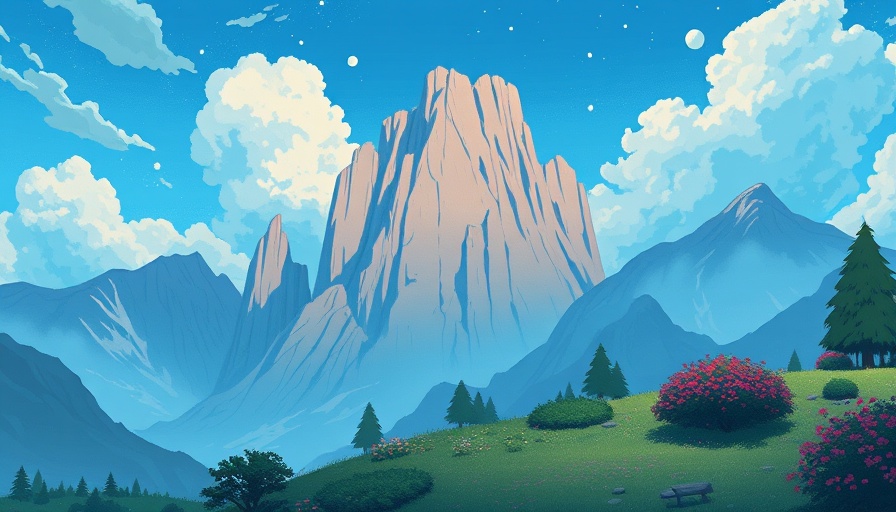
The Limitation of Artistic Style in AI
The recent phenomenon of AI-generated images inspired by Studio Ghibli has sparked significant conversation surrounding the implications of AI tools in art. OpenAI’s decision to relax its policies on artistic style utilization has democratized creativity in a way never seen before, allowing individuals to generate complex images with minimal effort. The immediate popularity of these Ghibli-style images illustrates a profound shift in how we perceive art and artistic ownership in a digital age.
Democratizing Art Creation: A Double-Edged Sword
While many welcome OpenAI’s new tool as an exciting opportunity for personal expression, it raises critical questions about copyright and content ownership. The ability to create an image mimicking the style of a revered studio like Ghibli—known for timeless films like “Spirited Away” and “My Neighbor Totoro”—is a thrilling prospect, but it forces society to contemplate the value of artistic integrity. As AI applications proliferate, the foundational understanding of where creativity originates starts to blur, challenging the work of traditional artists who have spent years honing their craft.
How AI Art Is Influencing Current Events
In the political landscape, AI-generated art is shifting the narrative. The White House recently shared Ghibli-styled images, one featuring a woman who had been arrested on drug charges, as part of a broader discussion on immigration policies. This intersection of art and politics not only showcases the cultural relevance of AI tools in discourse but also demonstrates how visual storytelling can evoke emotional responses and frame public opinion.
Public Reaction and Cultural Impact
The virality of these AI-generated posts reflects our growing fascination with melding technology and artistry. Social media platforms are often flooded with trends that embrace nostalgic aesthetics, and the Ghibli style is no exception. However, this also evokes an uncomfortable discussion about the potential for misuse and the risk of trivializing serious subject matter through whimsical reinterpretation. As users create Ghibli-style images of historically significant events, a juxtaposition emerges, pitting artistic exploration against ethical responsibilities in representation.
The Future of AI in Artistic Expression
Looking forward, it is crucial to anticipate what a future steered by such technologies means for both creators and consumers. AI-generated work opens up opportunities for collaboration between humans and machines, encouraging artists to experiment in ways previously unfeasible. Yet this invites concerns about dependency on AI as a creative tool and its potential to overshadow human artistry. Lawsuits against AI companies regarding copyright suggest an ongoing battle that may redefine ownership in this rapidly evolving landscape.
Engaging with AI in Art: What You Can Do
As AI tools continue to evolve and permeate our cultural fabric, it becomes increasingly important for individuals to engage critically with these technologies. For AI enthusiasts and art lovers alike, exploring these platforms offers avenues for potential self-expression, but it is equally vital to consider the broader implications of these tools on artistic communities. Advocate for clear policies regarding copyright and usage rights as AI reshapes our understanding of creativity.
In summary, the growth of AI-generated images like those influenced by Studio Ghibli reveals a new frontier in artistic expression while posing questions about the essence of creativity, ownership, and ethical responsibility in technology. The dialogue sparked by OpenAI's recent changes and the creative uses of their tools is just the starting point for exploring the future of art in an AI-driven world. It is our responsibility to navigate this landscape thoughtfully as we embrace these innovations.
 Add Row
Add Row  Add
Add 




 Add Row
Add Row  Add
Add 

Write A Comment